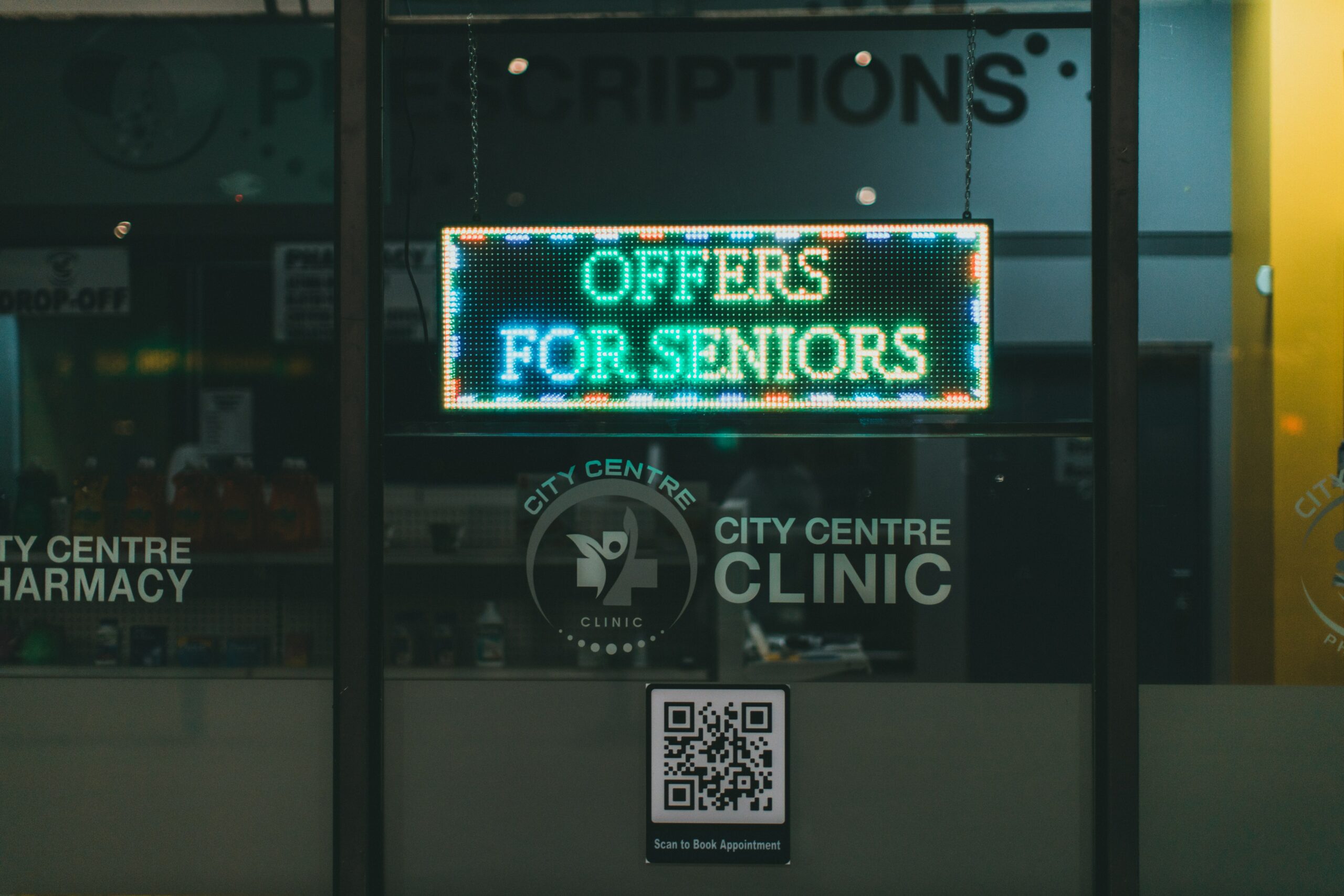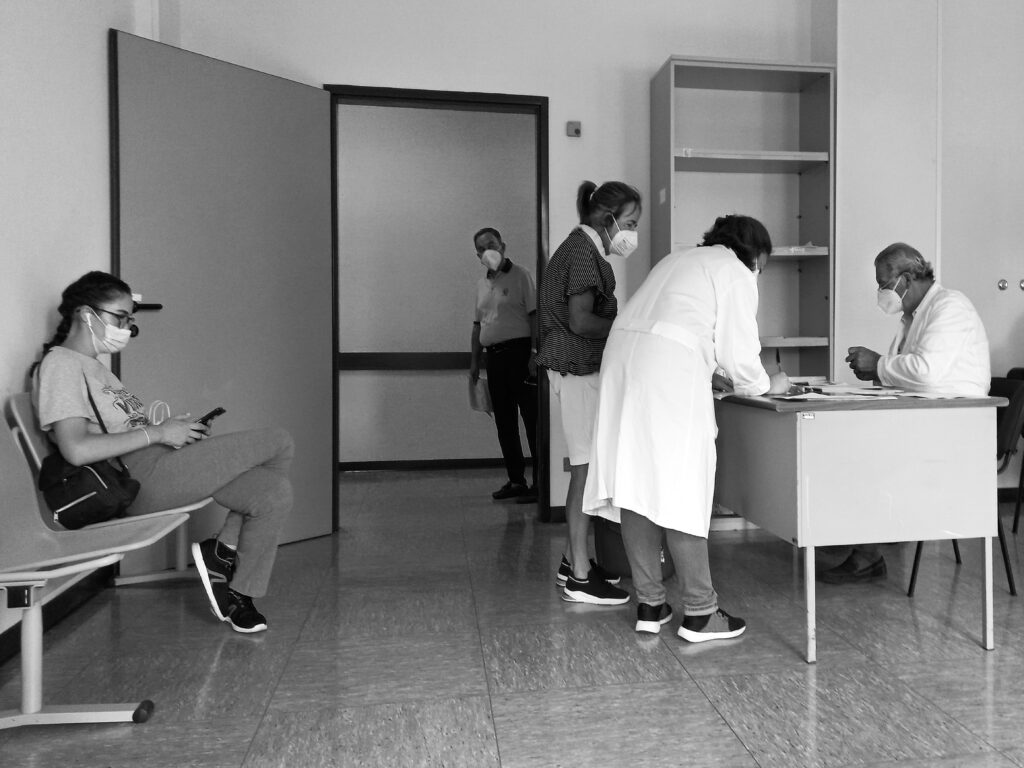
The Quick Response technology is an innovative way of making transactions easier. It is now widely used in many fields like business, education, fitness, the arts, and so on. In this article, we will learn why QR technology is the future of hospitals and healthcare services. Read on for ideas on where to use QR Code in hospitals.
Why Healthcare Providers should Consider Shifting to QR Code in Hospitals
Gone are the days when enduring the hassle of waiting in long lines for a check-up, going to and fro to arrange patients’ papers, scrambling online to search for various information about certain health issues, and other healthcare service issues were the norm. With the QR technology, all the customers need to do is to give the code a quick scan and voila! They can already go through a directory of available doctors, access their vCards and salient information. They can book appointments, learn new things about healthcare, track the location of hospital rooms or clinics, and more.
The hospital staff can also benefit from QR codes. These may direct them into a patient’s medical records. QR Codes help them repair equipment in case of malfunction. Also, they can identify the type of medicine to give the patient, and so on.
Where to Use QR Code in Hospitals, Clinics, and Other Health Units
For Customers
- Book an appointment with your doctor. This will lead the customer into an email address, a messenger link, or a phone number where they can contact the doctor’s secretary to schedule a check-up or other appointments.
- Check health care providers’ background and experience. Everyone wants the best service when it comes to their health. For instance, a patient with a kidney issue might prefer a doctor who is an expert or who has long, successful experience in this field. A QR code can lead the customer to the doctor’s information (whether a landing page, social media page, a video, customer feedback, or a vCard) and help find out if the healthcare provider is reliable.
- Talk to your doctor anytime, anywhere! A QR code can help you communicate with your doctor even if you are miles apart. It can lead you to a link, a phone number, or an email box that will enable you to send a quick message or air your health concerns.

Inside the Hospital
- You won’t get lost anymore. A hospital, particularly a large one, may contain a vast array of aisles, wards, operating rooms, clinics, and other facilities, and if you are a first-time visitor, this kind of floor plan or layout might seem overwhelming to you. Sometimes, you might get lost. To save yourself the trouble of wandering aimlessly or looking for a staff member to ask directions, you can simply scan a QR code and track the location of a certain room. QR codes for particular rooms should be placed in a location where the customers can easily access them, like a hall or near the stairs.
- Avail of and enjoy healthcare discounts. Honestly, who wants to pay expensive medical bills? You can actually link your insurance record to a QR Code so that the hospital staff can access it in one scan, and depending on the service you need, they can offer discounts on your medical expenses.
- Pay your bills with ease. A QR code is a quick and easy way to take care of your medical bills. One of its features links you to a form that will enable you to send money via PayPal. With just a scan, you can now pay your hospital bills without having to wait in a line. An online receipt will be automatically issued to you once you are done paying.
The same thing can be done for other health issues like diabetes, lung diseases, cancer, and new types of diseases. This can also be used to inform the public about proper care during and after pregnancy.
Outside the Hospital
- Get the latest updates on health care and its issues. Ever wonder why most of us are aware of COVID-19, its effects, and ways of avoiding it? The answer is through QR code. Since the pandemic, the healthcare sector has been using QR technology to spread legitimate information about the deadly disease. The codes direct the customer to a page that provides an in-depth explanation of a disease and how to prevent it.
- Learn about your meds. As a patient, you should not only rely on what your doctor tells you. You have to learn about the medicine yourself, especially its contents. By scanning a QR code from the medicine’s packaging, you will be taken to a page that gives you information about a certain drug. A medication may contain substances that may trigger your allergy or may have animal content (especially if a patient is vegan or vegetarian, or has a religious belief or culture that prohibits a certain kind of food).
For hospital staff and healthcare providers
- Advertise your hospital, health unit, clinic, and health services. Even healthcare is a business, and it will need customers too. And one way to get many clients is by ensuring they enjoy efficient service. A QR code will be helpful in giving them a tour of your healthcare facility and its features.
- Track your patient’s medical history. For doctors, a QR code is a great way to record your patients’ medical history. By giving it a scan, the doctor need not bother to look into a thick stack of papers containing a patient’s records but just give the digitally stored information a quick look.
- Inform and educate the public about health issues. Link your e-publications or hospital’s press releases into a QR code and post it anywhere so that customers will be updated on the latest in health care.
- Repair broken equipment in a snap. The internet has provided us with quick and easy ways to learn things, and repairing broken or malfunctioning equipment is one of those. Hospital equipment (like the ultrasound machine) may include a QR code that will link the maintenance crew to a video tutorial on how to repair it in case it fails to function properly.
How QR Code in Hospitals Can Increase Customer Satisfaction
The world is getting faster lately, and nothing will satisfy a customer more than quick and quality service. As QR codes provide easy ways to get things done, they will surely make a great addition to hospital or healthcare features.
Creating a QR Code
To create a QR code for healthcare purposes, simply go to qr-cloud.com. It is a code-generating website that offers you a variety of designs, templates, and colors. It also has different QR types to make sure that your scannable code is one of a kind. Just remember to run a scan test before putting it to use to see if the QR code will work.
Closing Thoughts
Healthcare is one of the services that requires speed. Most of the issues faced by its workers are life-or-death situations. For this reason, shifting to a QR-powered service will be a great decision. This will help keep transactions effortless, efficient, and effective, and might potentially save a patient from danger.
-
Previous Post
How to Create a QR Code for Discounts and Promos
